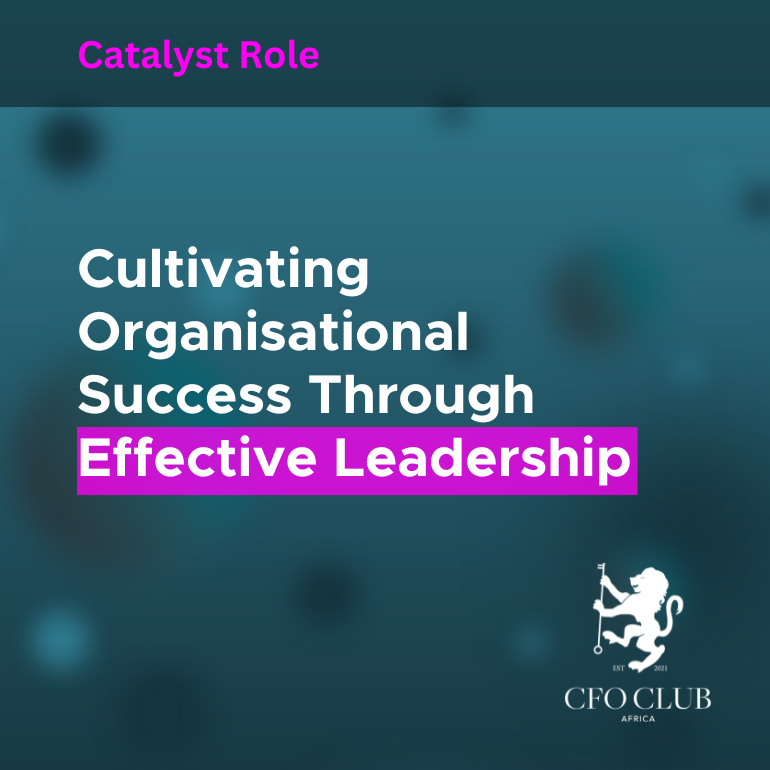How to go green without going into the red
Why go green?
“There are big international investment firms like BlackRock, which is the world’s largest investment company, governing trillions of dollars of pension fund money, that issued statements saying that in the next couple of years if your company doesn’t present a proper climate report and show how they’ve moved to net-zero emissions, then they start withholding funding,” Van Wyk says in an interview on CFO Talks. Listen to the entire podcast here.
Van Wyk says South African investors will follow suit as the PIC will soon start to require climate reports. The Department of Trade and Industry is looking into changing the Companies Act to make it a requirement for companies to issue these types of reports.
“The International Accounting Standards Board issued new protocols on climate reporting and the interesting distinction there is that there are two sets of protocols or soon-to-be standards, the one is related to climate change and then the other is related to sustainability, which relates to the business efficiencies. So, it’s interesting that the focus isn’t only on climate change and reporting thereon and how to reduce emissions, but also on business efficiencies.”
Embracing sustainable practices that will enable a company to cut its carbon emissions to net-zero does not have to come at a cost to a business, but it can help a business to cut down on costs and become more efficient.
How?
It may involve an initial capital outlay, but the strategic shift will boost the bottom line.
A good starting point is the three Rs of sustainability – reduce, reuse and recycle, according to UK-based sustainability consultant, Denise Taylor (PhD).
- Efficient energy use – The average small business enterprise can cut costs by up to 25% by installing energy-efficient measures. Implementing an energy-saving programme or opting for renewable energy sources can lead to significant savings. This could include making use of smart meters and motion sensors, conducting an energy audit and investing in more energy-efficient machinery.
- Enter the circular economy – Businesses can consider component recovery programmes or create closed loops which feed waste materials back into the supply chain. By increasing the lifespan of products and components, companies can drastically reduce costs at the same time as cutting their carbon footprint.
- Better business travel – The liquidation of Comair in South Africa has already resulted in an increase in flight prices, so cutting down on flights is one great way to cut costs and carbon emissions significantly. Using technologies offered by travel applications like Troop Travel, you can calculate the environmental impact of your meetings so you can meet more sustainably.
- Green Manufacturing – According to global consulting firm McKinsey & Company, the decarbonisation of the manufacturing sector and economic growth and industrialisation can go hand in hand in Africa. “As latecomers to industrialization, African countries have the opportunity to develop environmentally sound manufacturing sectors by leapfrogging historic greenhouse gas emitting technologies and adopting green industrial policies,” Dr. Arkebe Oqubay, Senior Minister and Special Adviser to the Prime Minister of Ethiopia told McKinsey & Company.
- Invest in training – CFOs need to be at the forefront of the latest developments in the area and need to demonstrate that they have the requisite skills to provide their organisations with comprehensive Environmental, Social, and Governance (ESG) reports. To respond to this demand, SAIBA has developed its Climate and Sustainability Reporting Executive Education and License.





